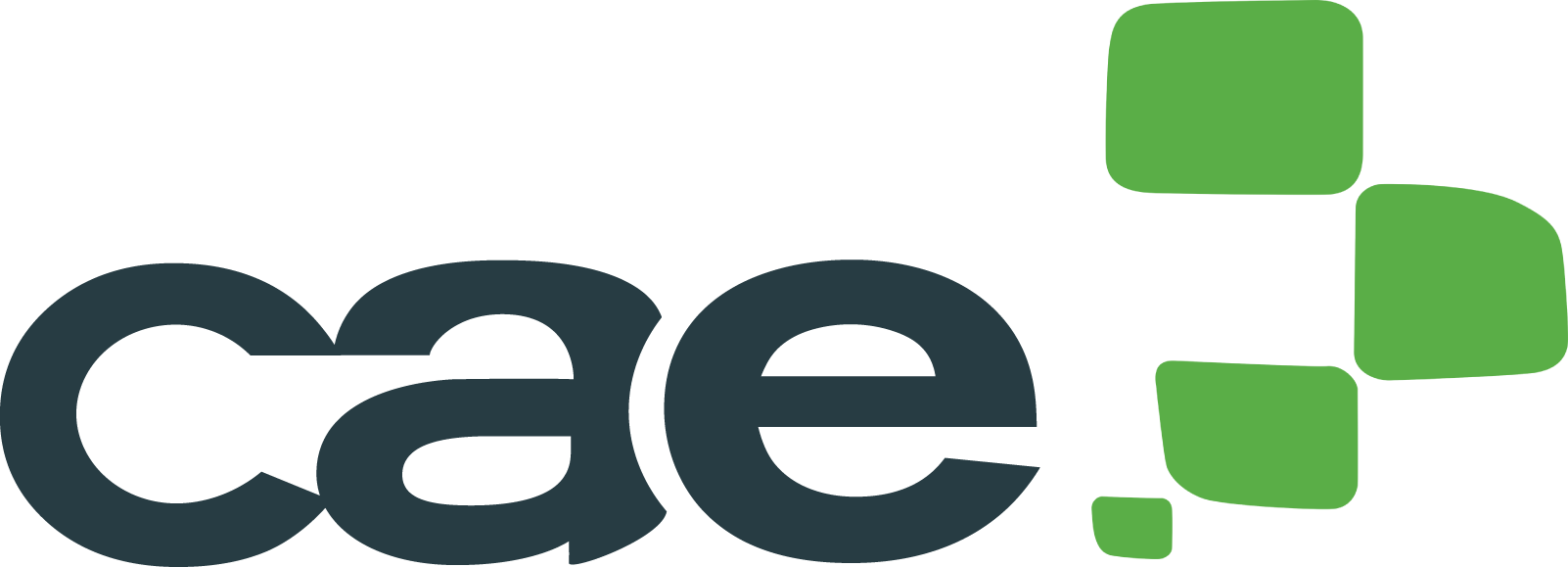Implementing an online educational platform in your centre constitutes a decision of considerable importance. These tools are authentic game-changers as they alter the rules of the game of traditional education. Learning Management Systems, or LMS, are large-scale technological tools that facilitate the management of all facets linked to training in schools, universities, academies or any other educational institution. To put all technology at the service of education is to make real progress. The main objective of these platforms is to simplify administrative processes while providing students with an accessible and flexible environment for online learning in a virtual space that allows personalisation of study pace.

Why you should implement an online educational platform in your centre
implementing an online education platform in your centre is justified for several fundamental reasons. Firstly, this approach provides a solution that aligns with the demands of education in the digital age, offering an accessible and flexible means for teaching and learning. It is also a much more interactive and collaborative option, which offers students innovative tools that enrich their educational experience.
implementing an online education platform also facilitates the efficient management of educational resources, allowing comprehensive and centralised administration of content, activities and evaluations. This not only simplifies administrative processes, but also optimises the distribution of relevant information among teachers and students.
Considering the quantity of advantages that implementing an LMS offers, we are going to highlight the 15 most important to take into account when making the decision:
#1 Customizable, multi-language and multitenant
An online education platform allows you to adapt the image of your educational center to it by configuring the elements to your own taste, to create a 100% personalized environment. Using the desired language, as it supports multiple languages. Moreover, it offers the possibility of also creating multiple LMS portals with different identities and domains, running all web accesses simultaneously.
#2 Management of enrollments for SCORM courses
It allows the management of pre-registrations and automatic registrations of all the students that you want to any of the SCORM courses integrated in the LMS, assigning them to groups and courses.
#3 Management of different roles
It allows establishing and managing the different roles and profiles according to your needs, both for students and teachers and for your administrators.
#4 Notification automation
Configuration of automatic notifications (notices, motivational messages, reminders, completion messages) to all users in the platform, specific students or groups of students.
#5 Communications management
Global or individual management of the emails sent by the student to the tutors. Tutors can answer from just one place, without having to access each URL. Access to forums, news, agenda, etc. from the home screen of the online education platform. All in all, a comprehensive management of all communications through the educational platform.
#6 Registration of additional actions
Tutors can register the actions they have carried out or need to be carried out for each student in an easy and intuitive way.
#7 Reports and control of online / offline training or blended learning
It facilitates the generation and programming of instant or periodic reports, summarized or detailed, in various formats such as PDF, Excel or CSV with the respective exhaustive monitoring of the student or a group of students.
#8 Organization of customized training plans
The educational platforms allow you to create customized training plans, with as many groups as the center wants in closed or open hours. Through a calendar, you can also program the schedules by days and time slots for each group of participants.
#9 Combination of SCORM courses
Possibility of creating training actions by mixing courses independently of the manufacturer’s initial SCORM, without programming a single line and immediately.
#10 Importing content
It allows you to import courses from any provider in AICC, SCORM (1.1 and 1.2), although it is recommended for its best performance to acquire SCORM content from the same provider.
#11 Creation and design of own SCORM content
It also allows you to create your own content, tailored under the SCORM standard using content developed by the educational center or organization from any type of format.
#12 Own evaluation system
Personalization of the evaluation system, being able to create infinity of questions with multiple answers of all kinds and in IMS-QTI format. In other words, educational platforms facilitate the evaluation and control of student progress through tailored evaluations.
#13 File repository
Storage, control and management of all the information or documentation necessary for the training sessions. As well as user authentication through LDAP.
#14 Certificate extraction
It allows setting parameters to generate course progress certificates, times of each training action, duration, average mark, etc., allowing students to download them from the platform.
#15 E-commerce
The implementation of an online educational platform also allows offering courses with direct payment by credit card or bank transfer. Being an easily scalable system, without limit of courses per student, and without growth limit in students or courses. For example, to offer extracurricular subjects or for language learning.
In conclusion, these e-learning systems are increasingly necessary complements in the educational sector. Computer Aided E-learning’s online educational platform offers schools all the technology necessary for the success of training and the management of all processes.
You may also be interested:
- Introducing Blended Learning into a Traditional Classroom
- E-learning education: 10 tips to get the most out of it
- Blended learning at university

